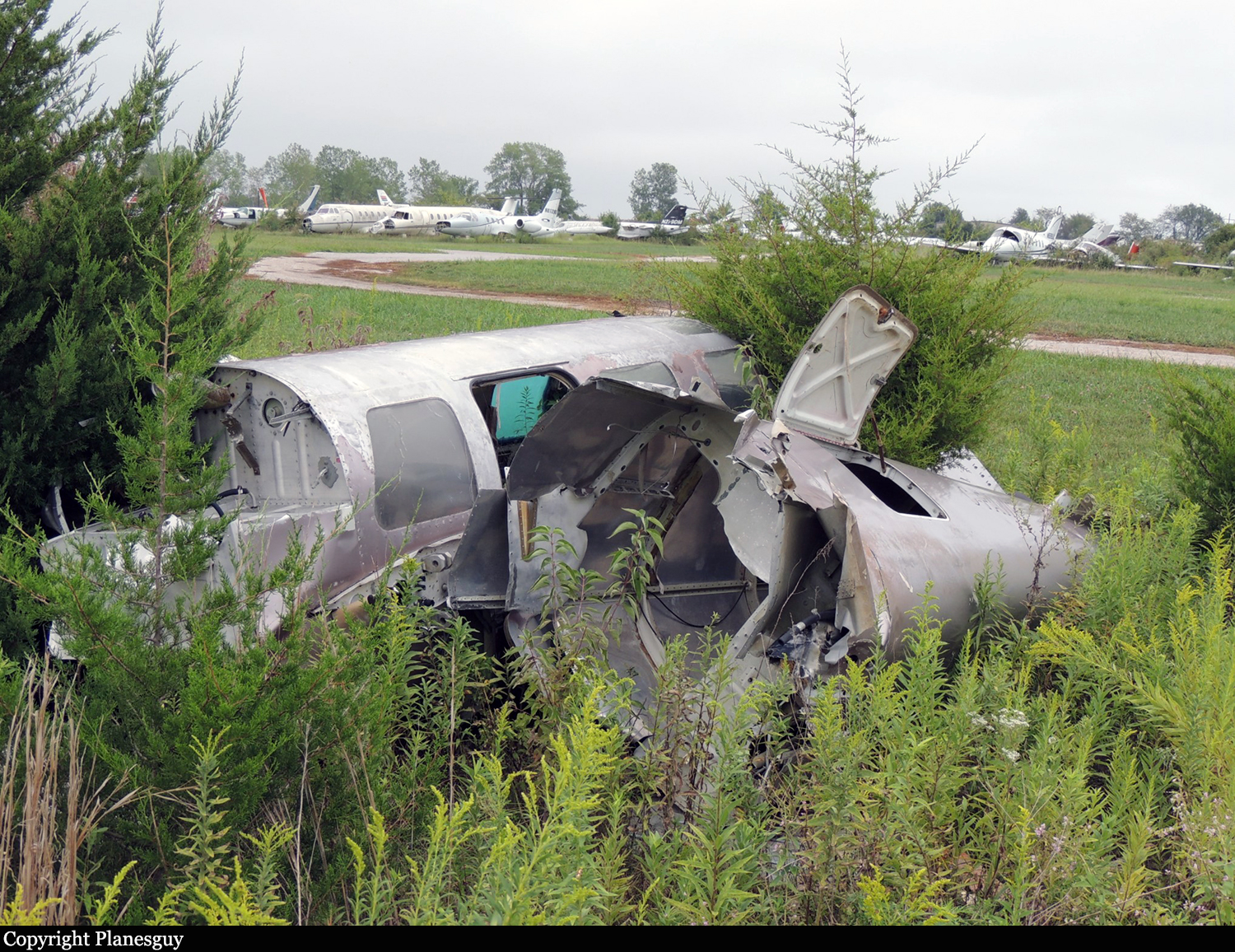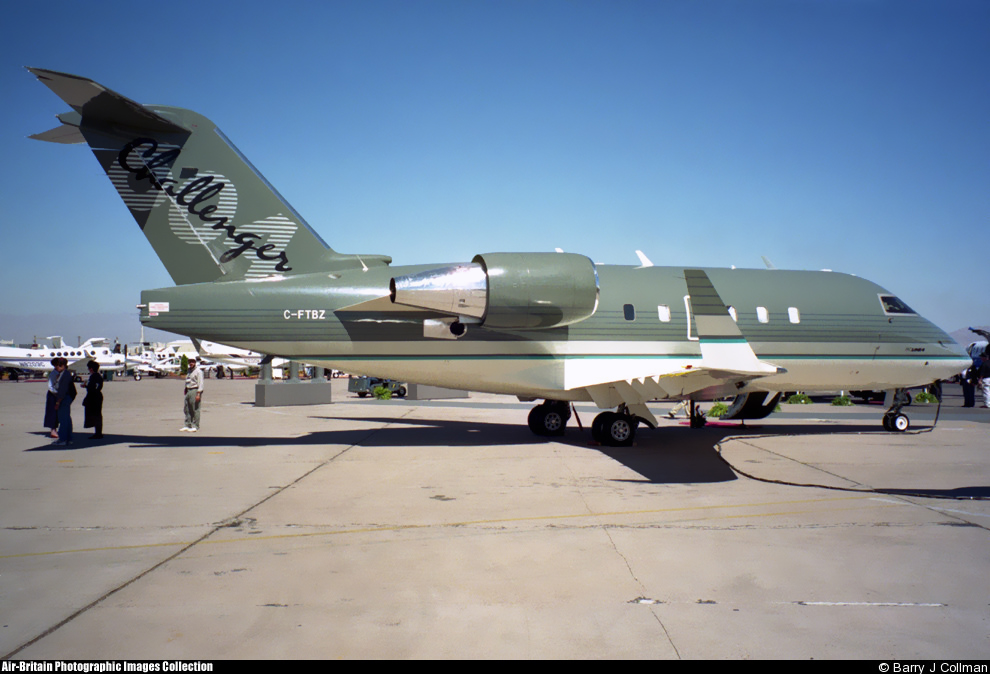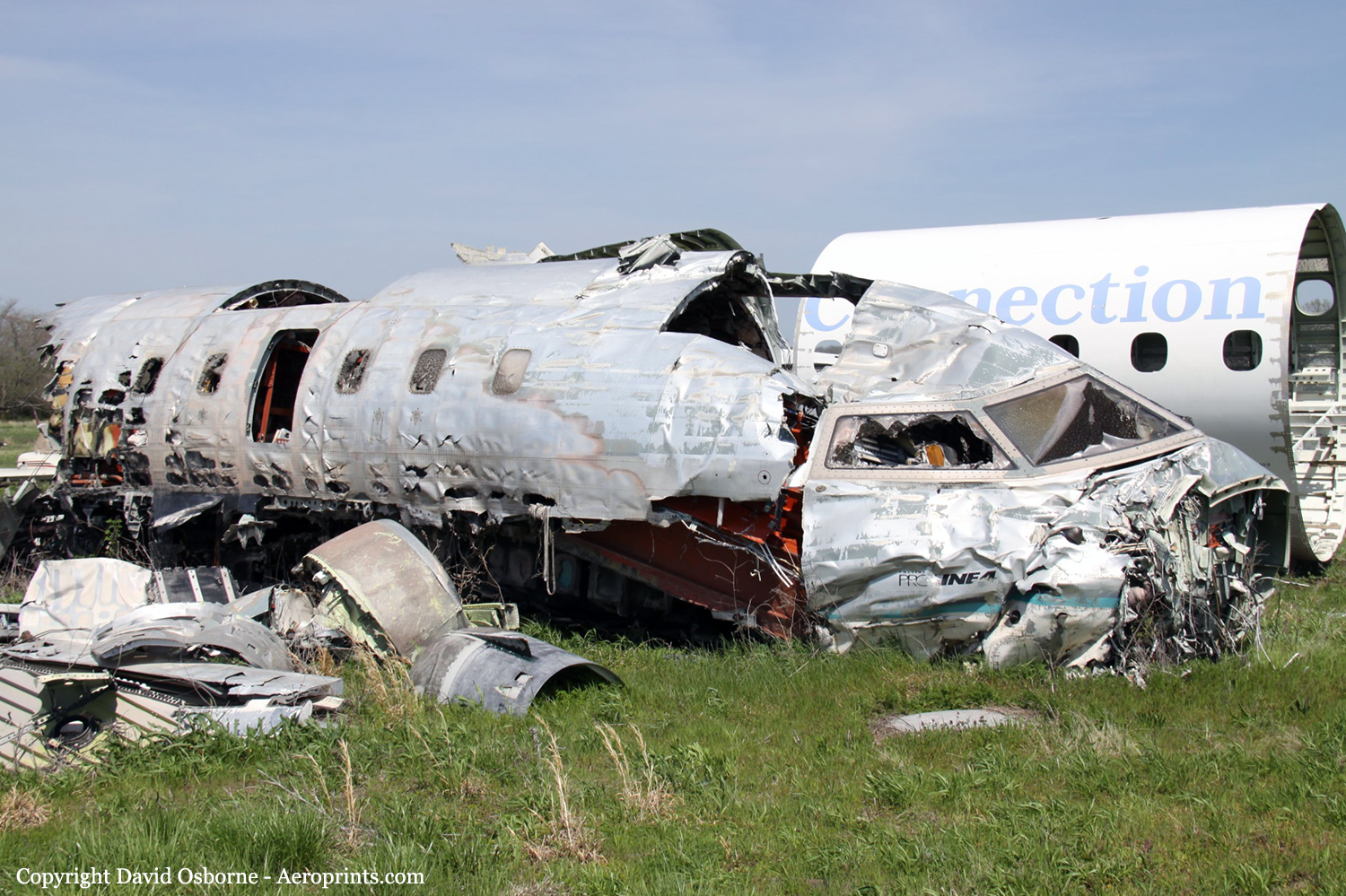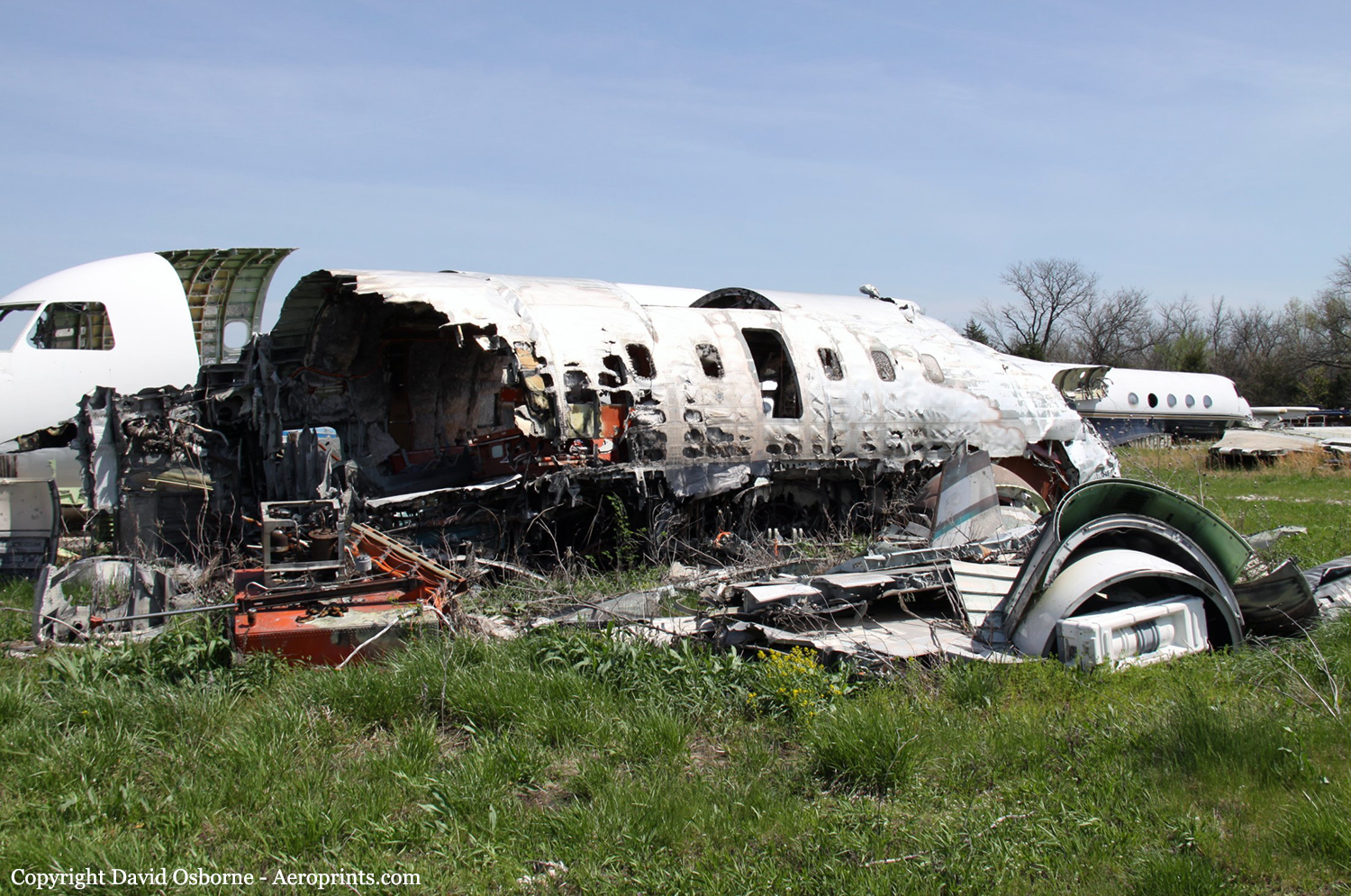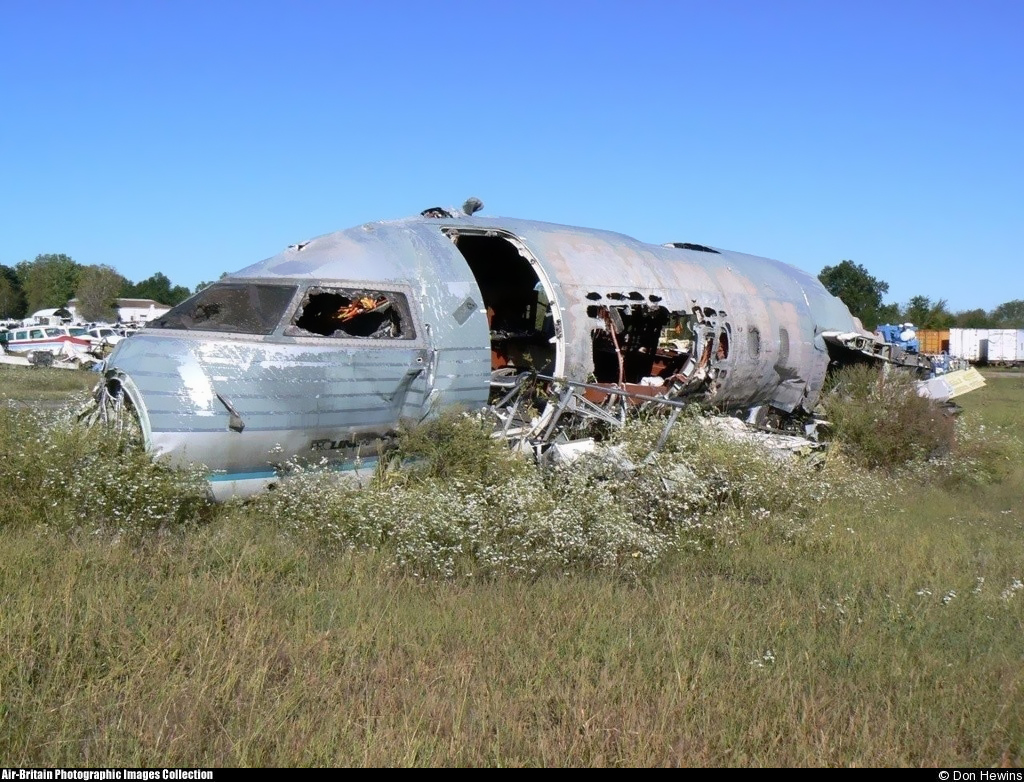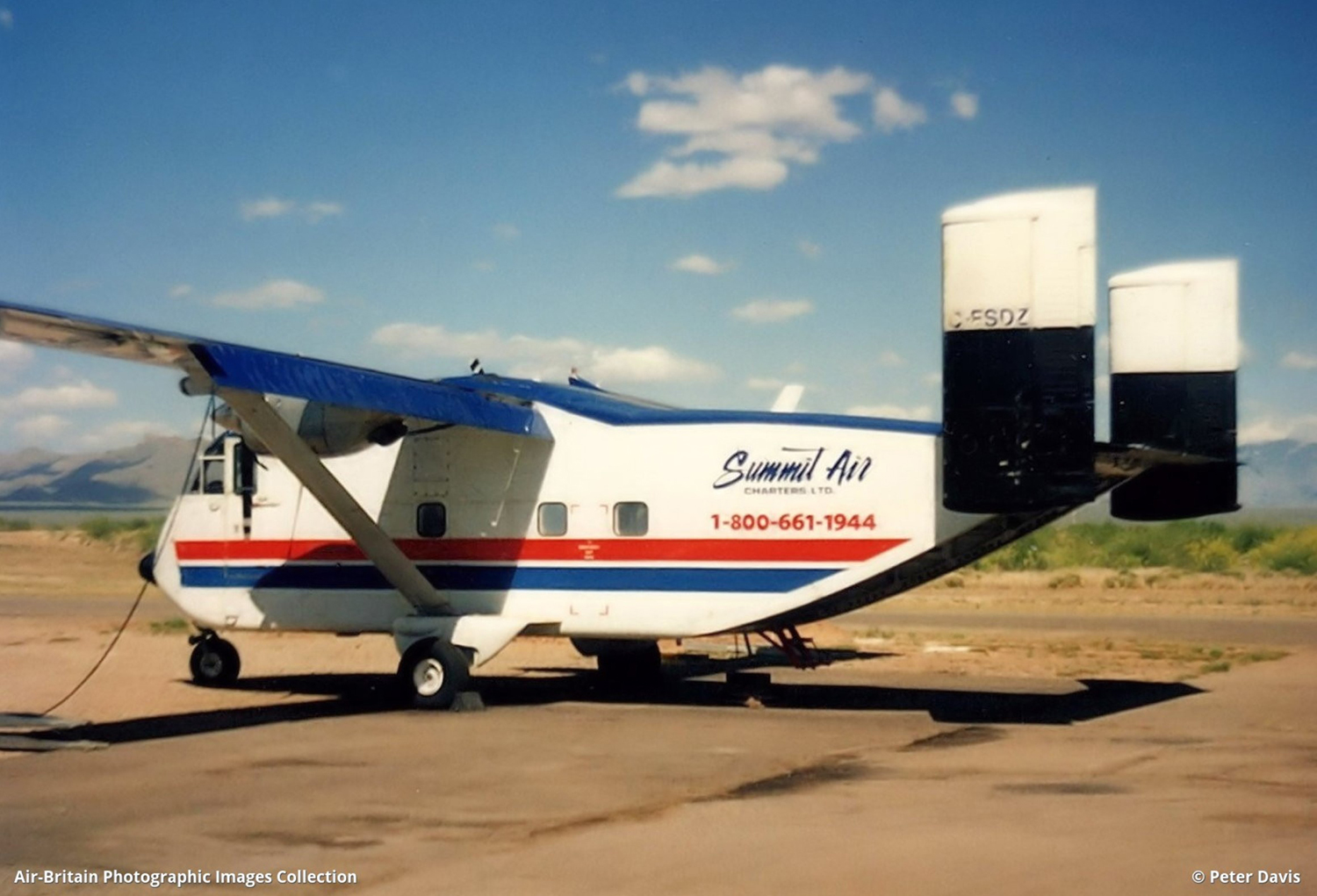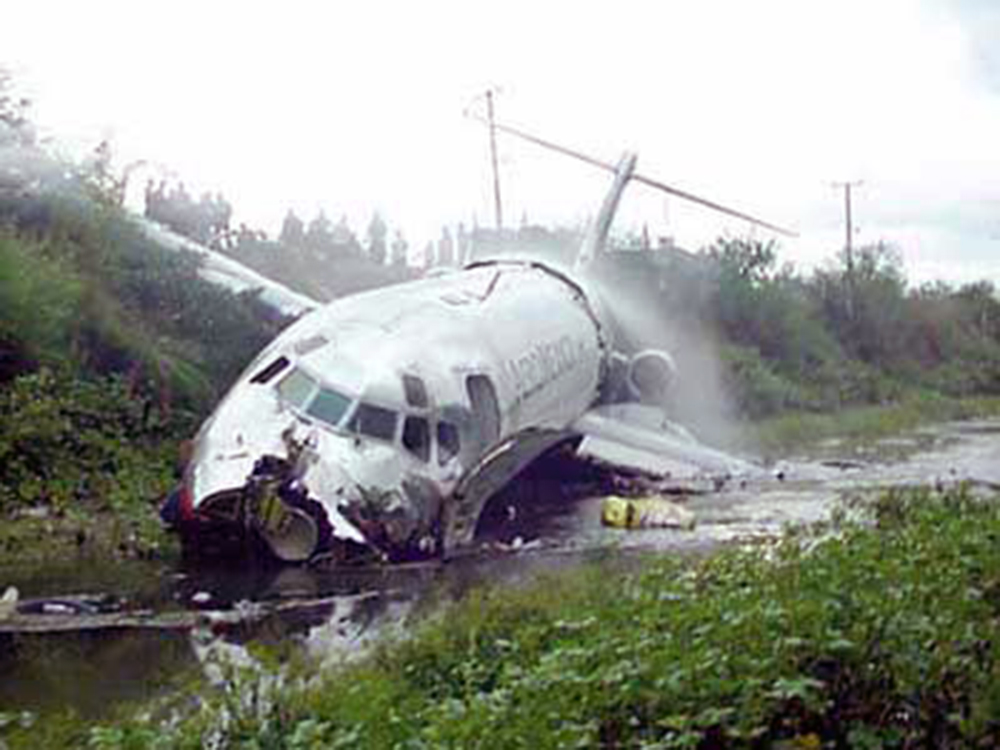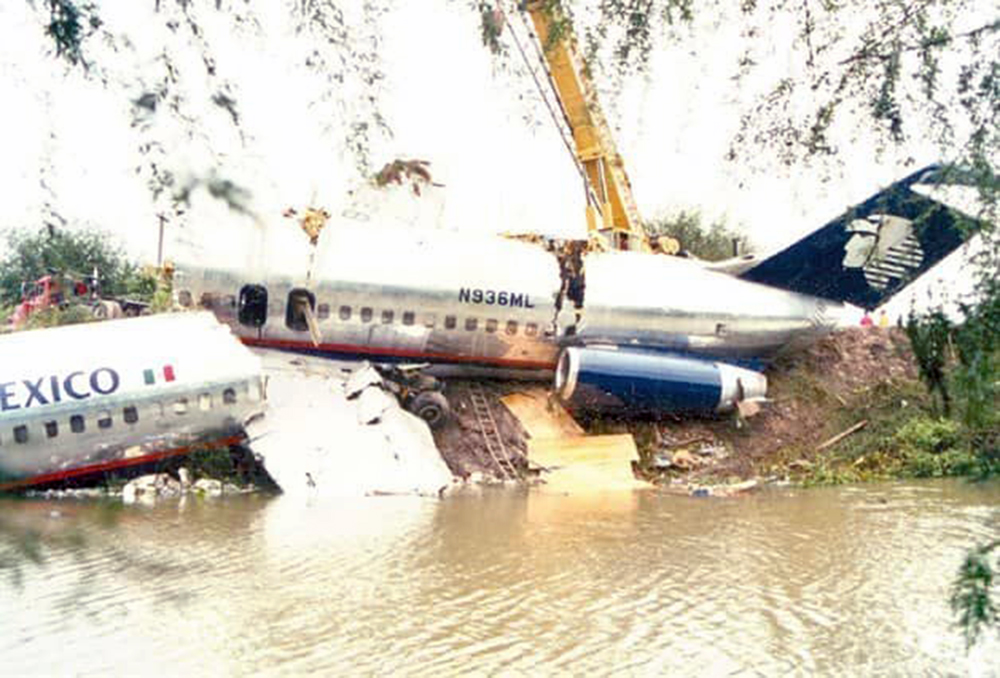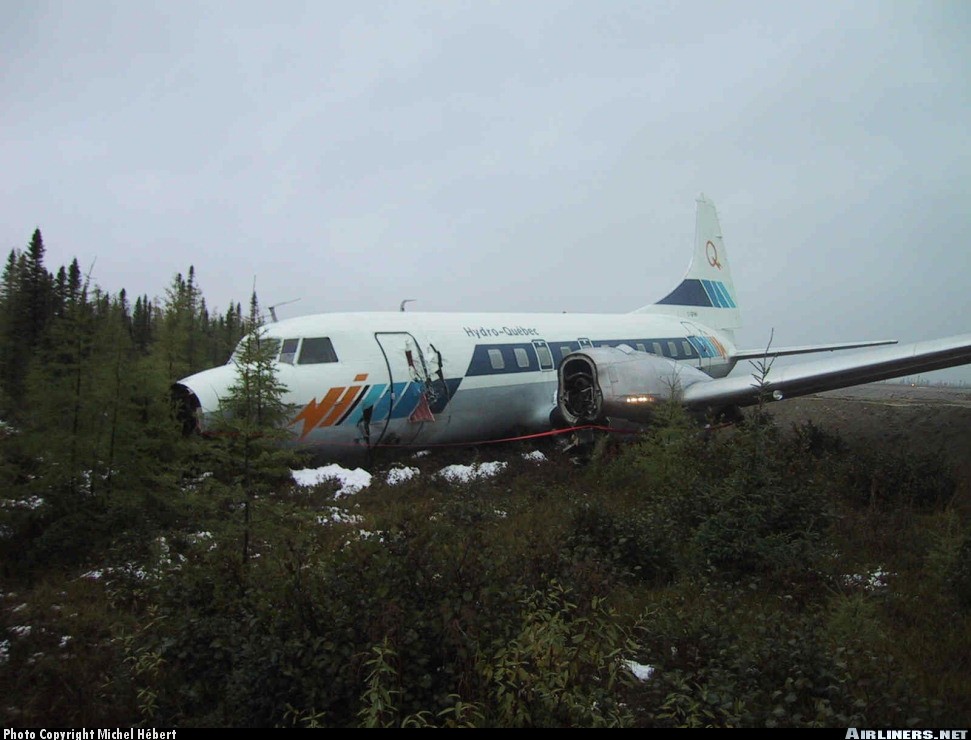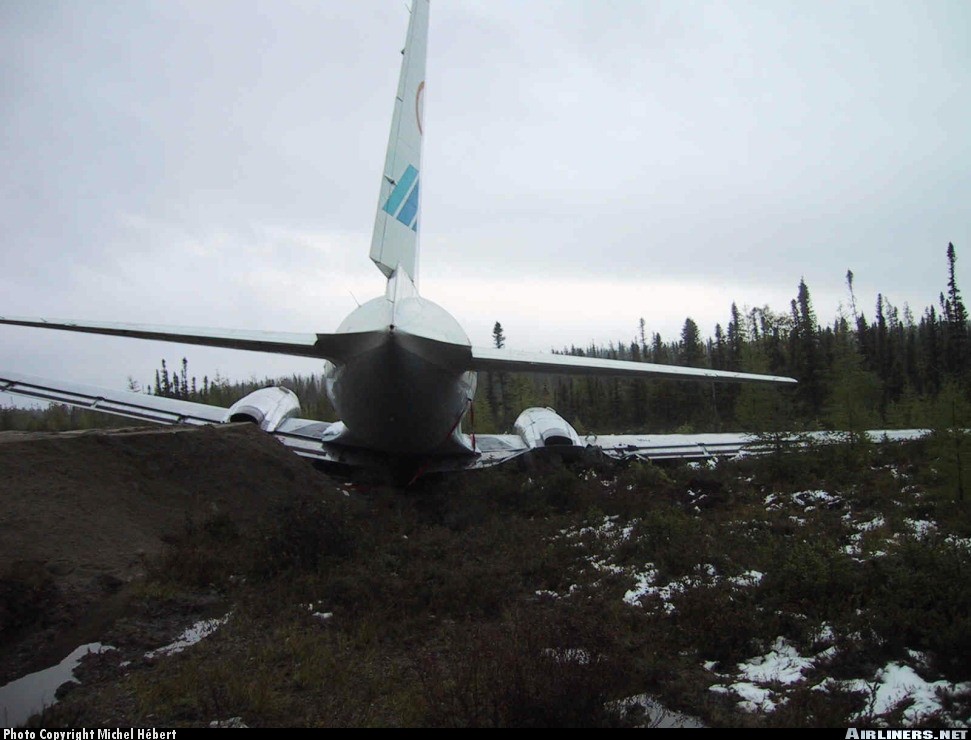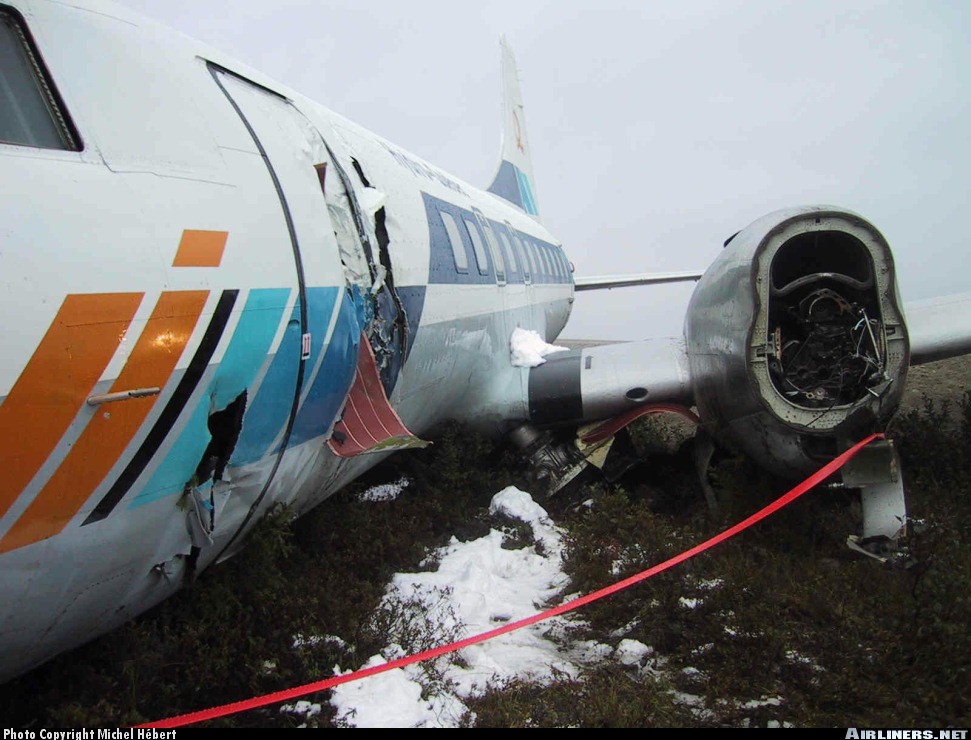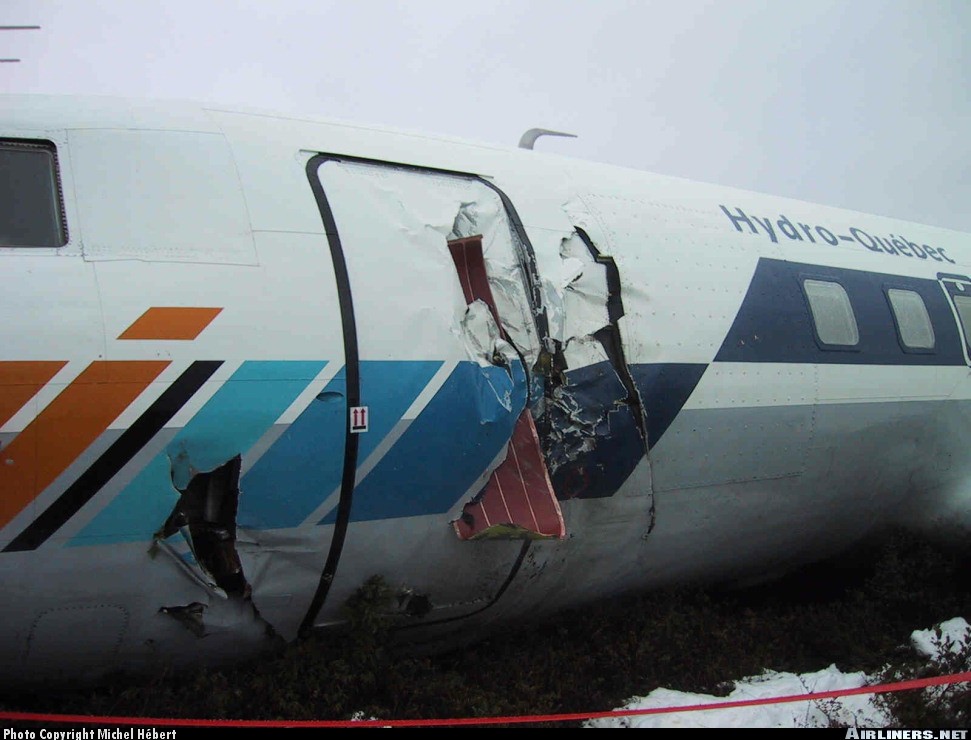Crash of an Aérospatiale SN.601 Corvette in Toulouse
Date & Time:
Oct 16, 2000 at 0700 LT
Registration:
F-BUQN
Survivors:
Yes
Schedule:
Toulouse - Nantes
MSN:
03
YOM:
1973
Crew on board:
2
Crew fatalities:
Pax on board:
6
Pax fatalities:
Other fatalities:
Total fatalities:
0
Circumstances:
During the takeoff roll on runway 33 at Toulouse-Blagnac Airport, at a speed of 50 knots, it is believed that the left main gear collapsed. The aircraft skidded on runway, lost its nose gear and came to rest. All eight occupants escaped uninjured while the aircraft was damaged beyond repair.



